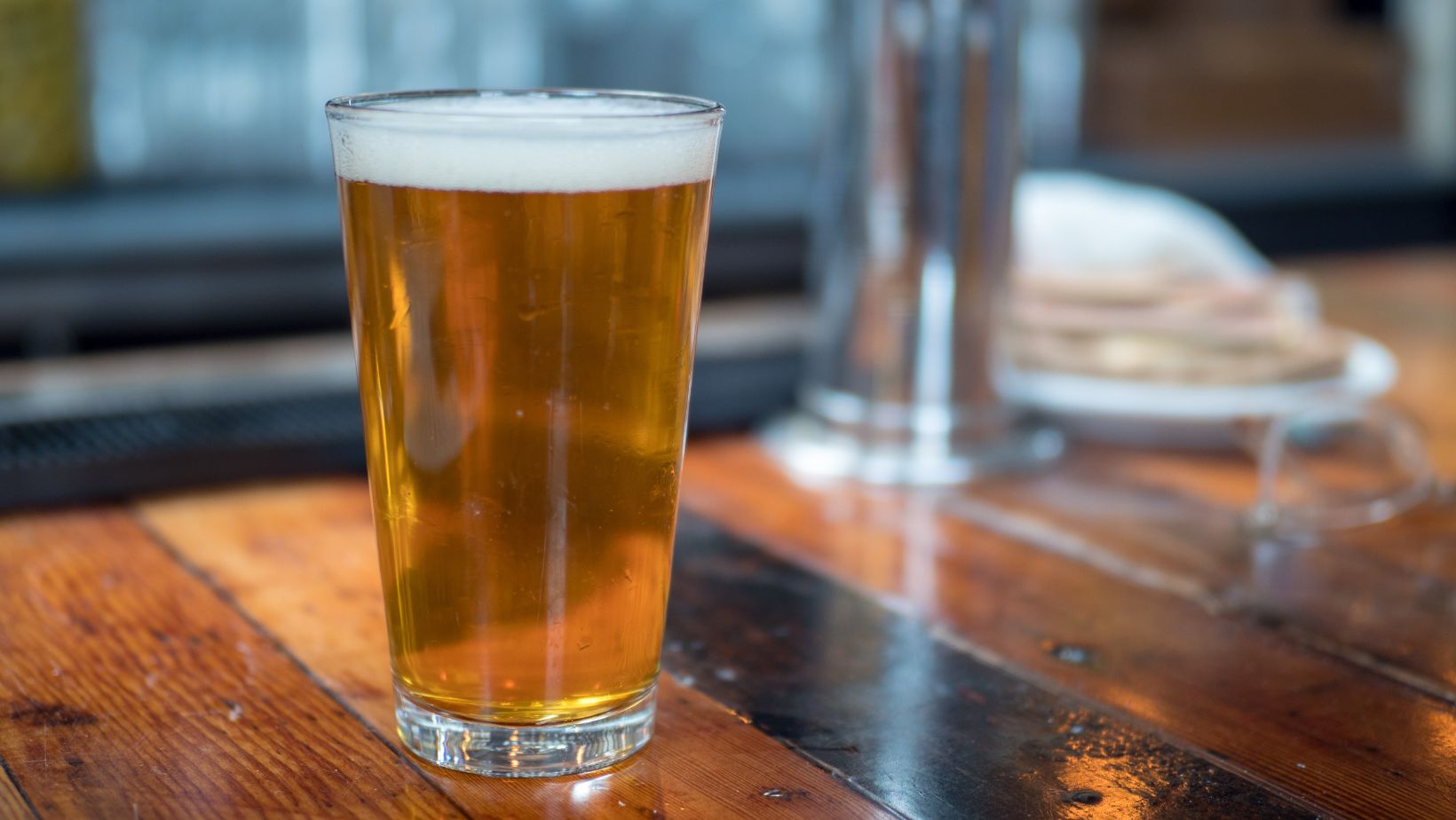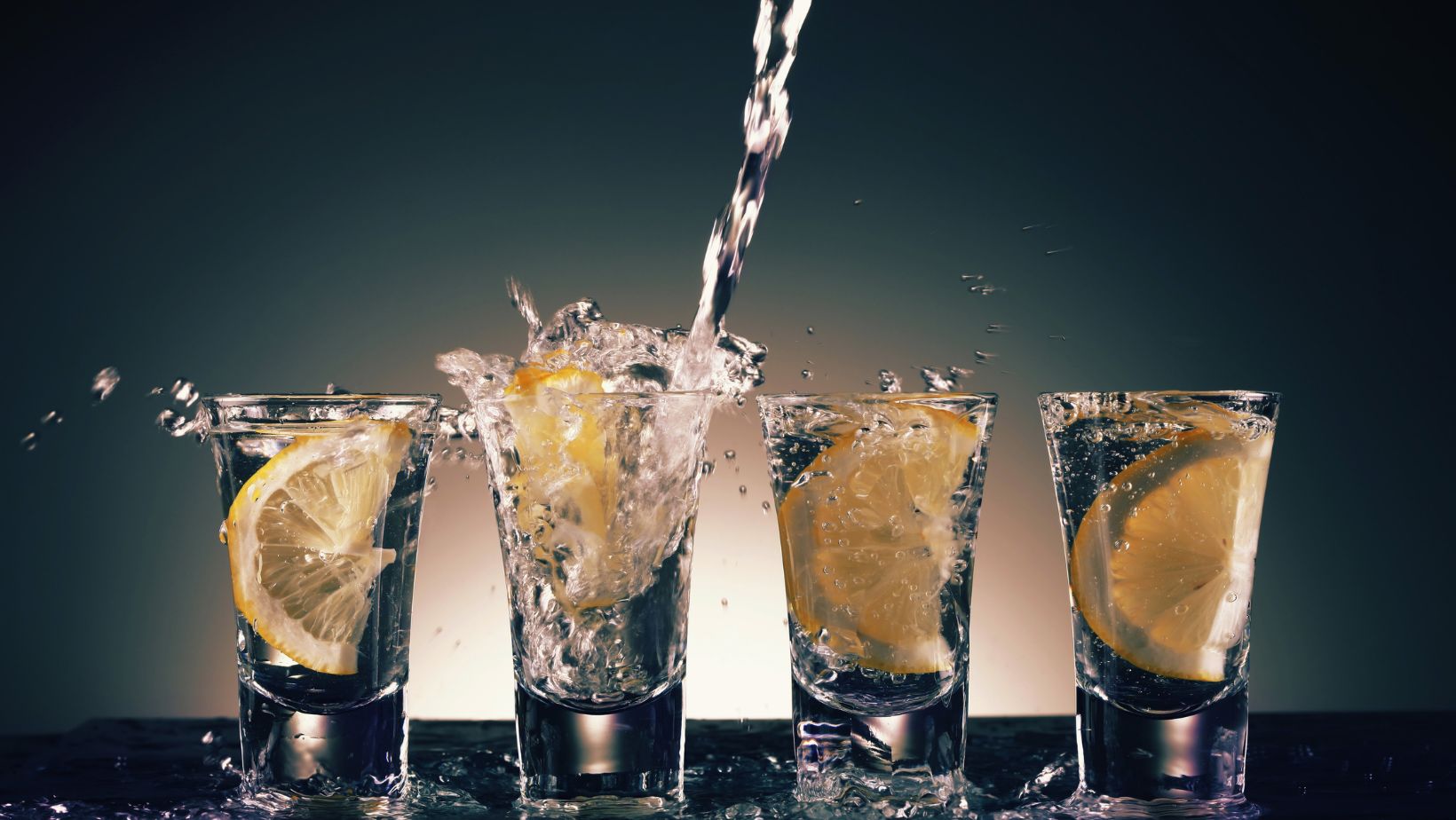Average Level: How Many Ml Are In a Beer

Are you curious about the average level of beer and how many milliliters are typically found in a serving? Well, let’s dive right into it. When it comes to the amount of beer in a standard serving, it’s important to note that there is no one-size-fits-all answer. The volume can vary depending on where you are in the world and what type of beer you’re enjoying.
In the United States, a typical serving of beer is 12 fluid ounces, which translates to approximately 355 milliliters. This measurement is commonly used for domestic beers and popular brands found at bars and restaurants. However, craft breweries often offer their brews in larger sizes ranging from 16 to 20 fluid ounces (473 to 591 milliliters), allowing beer enthusiasts to savor every sip.
Internationally, the serving size for beer can differ significantly. In many European countries, such as Germany or Belgium, a standard serving might be closer to half a liter or more (500+ milliliters). Meanwhile, some Asian countries tend to have smaller servings, around 330 milliliters.
How Many Ml Are In a Beer
Calculating the Average Volume of Beer
When it comes to understanding the average level of beer, one essential aspect is calculating its volume accurately. Brewers and enthusiasts often rely on various methods to determine the amount of beer in a container. One common approach is using milliliters (ml) as a unit of measurement.
To calculate the average volume of beer, you need to consider factors such as container size and fill levels. For instance, if you have a standard 12-ounce (355 ml) can or bottle that is filled to its maximum capacity, you can safely assume that it contains around 355 ml of beer. However, it’s crucial to note that not all containers are filled uniformly due to manufacturing variations or intentional headspace for carbonation.
Understanding Milliliters in a Standard Beer Serving
In most countries, beer servings are typically measured in milliliters. The standard serving size varies across regions and establishments but commonly ranges from 330 ml to 500 ml for individual servings. It’s important to be aware that some places may use different units, like ounces or pints, depending on local norms and traditions.
For example:
- In many European countries, a pint is equivalent to 568 ml.
- In the United States, a standard pint equals approximately 473 ml.

Understanding Milliliters in Beer
Different Beer Sizes and Their Milliliter Measurements
When it comes to beer, understanding the milliliter measurements can help you choose the right serving size for your preferences. Beers come in various sizes, ranging from standard bottles to large kegs. Let’s take a closer look at some common beer sizes and their corresponding milliliter measurements:
- Standard Bottle: A typical beer bottle holds around 330 ml (11.2 ounces) of liquid. This is the most common size you’ll find in stores and bars.
- Pint Glass: A pint glass is a popular choice for enjoying beer on tap at pubs or breweries. It typically holds 473 ml (16 ounces) of beer.
- Can: Canned beers often come in different sizes, depending on the brand and country of origin. The most common can sizes are 355 ml (12 ounces) and 500 ml (16.9 ounces).
- Growler: For those looking to bring home fresh draft beer, growlers are an excellent option. These large glass or metal containers can hold anywhere from 946 ml (32 ounces) to 1,892 ml (64 ounces) of beer.
Exploring the Average Volume of Popular Beer Brands
Beer aficionados may be curious about the average volume of popular brands available in their region. While specific volumes may vary by brand and country, here are some approximate average milliliter measurements for well-known beers:
- Budweiser: A standard bottle of Budweiser contains approximately 355 ml.
- Heineken: Heineken typically comes in a variety of sizes, with the most common being a 330 ml bottle.
- Guinness: Known for its rich flavor, Guinness often comes in cans or bottles containing around 440 ml.
- Corona Extra: This Mexican lager is commonly found in bottles holding approximately 355 ml.




